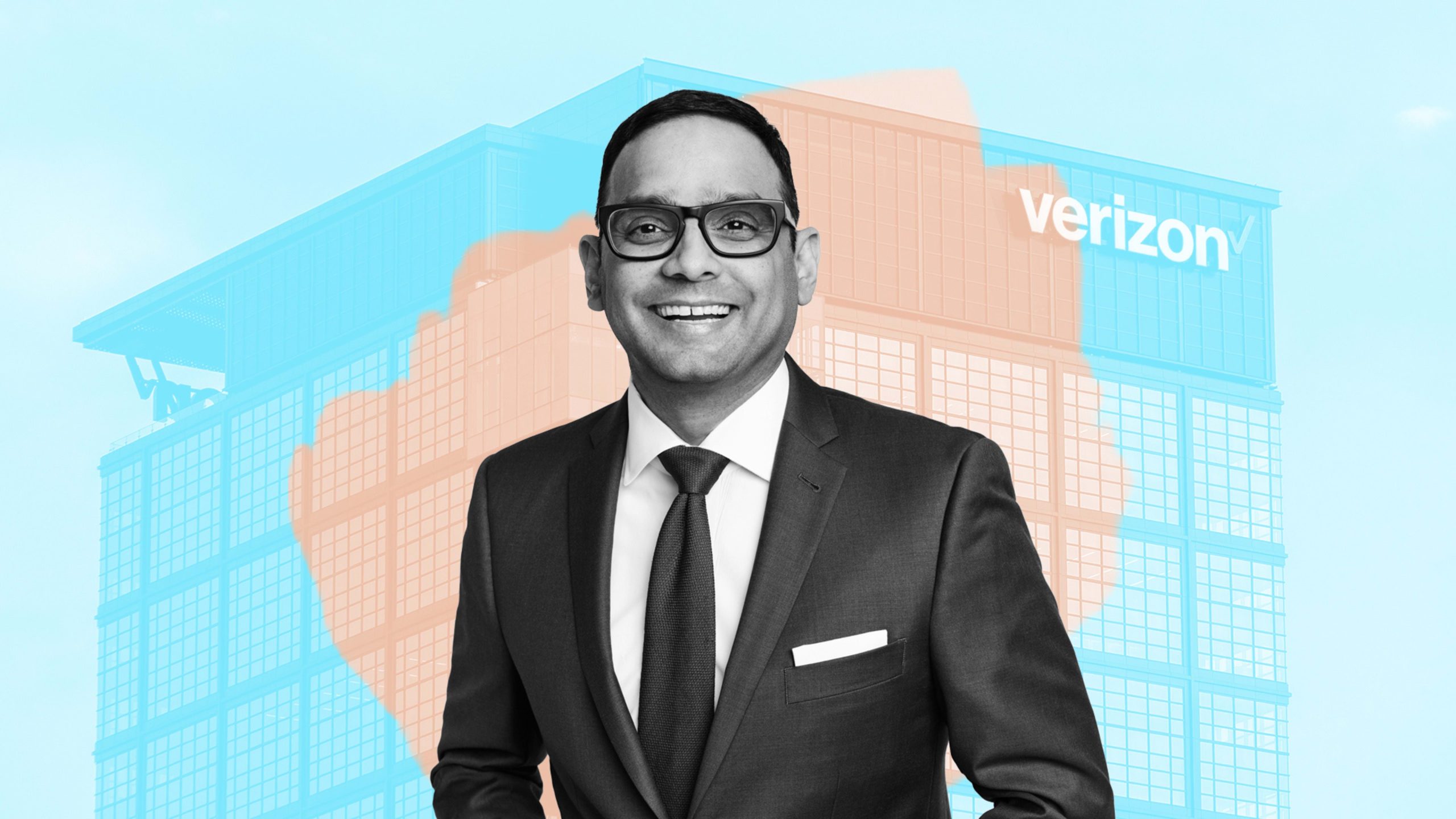‘We are not a Birkin!’ Verizon’s consumer chief on finding the company’s sweet spot
‘We are not a Birkin!’ Verizon’s consumer chief on finding the company’s sweet spot
Sowmyanarayan Sampath is listening to consumers—and bucking the Birkin myth.
Hello and welcome to Modern CEO! I’m Stephanie Mehta, CEO and chief content officer of Mansueto Ventures. Each week this newsletter explores inclusive approaches to leadership drawn from conversations with executives and entrepreneurs, and from the pages of Inc. and Fast Company. If you received this newsletter from a friend, you can sign up to get it yourself every Monday morning.
As a technology journalist in the early 2010s, I wrote and edited a lot of stories about the “consumerization of the enterprise,” or the idea that employees would demand the same user-friendly technologies at work (e.g., pervasive Wi-Fi, easy-to-use apps, and more) that they enjoyed at home.
Sowmyanarayan Sampath is flipping the script, applying his experiences running Verizon’s enterprise operations to reviving the telecom giant’s $101.6 billion-in-revenue consumer business, which includes wireless, wireline, broadband, and fixed wireless services.
The ‘Birkin’ myth, busted
Sampath, who became CEO, Verizon Consumer a year ago, inherited a business that was losing wireless market share. He says he applied some of the operational rigor from his previous role running Verizon Business to the consumer group. He says he also brought a customer-centered mindset. “I’m not the boss; the customer is the boss,” he says. “A large CIO [chief information officer] who buys millions of dollars from you tells you what they want. I have the same approach to a customer who owns two lines and pays hundreds of dollars.”
Sampath also identified a need for more affordable options. Verizon has always positioned itself as a premium carrier, and it has raised prices on some of its wireless pricing plans, but research showed that some consumers thought the overall brand was unattainable. “We want to be a premium brand, but everyone thought we were the Birkin,” he says, referring to Hermès’s iconic and expensive handbag. “We are not the Birkin!” Nevertheless, Sampath brought to market a new mobile pricing system, myPlan, that starts at $30 per line per month and allows customers to add other services including streaming platforms, for an additional $10 per option per month. For example, a myPlan customer can add five streaming options, Disney, Hulu, ESPN, Netflix, and Max for an additional $20 ($10 for Disney bundle and $10 for Netflix/Max bundle), discounts Verizon says it can offer because of its scale.
The moves are showing early signs of success. The consumer group said it added 318,000 mobile customers in the fourth quarter of last year, more than triple analysts’ expectations.
On being an essential expense
Because of Verizon’s breadth—the company says it serves half the households in the U.S. in some form or another, across all socioeconomic groups—Sampath has good visibility into the state of the U.S. consumer. He says he’s seeing signs of stress (e.g., late payments, higher delinquency rates) among customers in lower-income brackets, but great resilience among high-income customers—trends he expects to continue for the rest of 2024. To attract and retain so-called ‘value’ consumers, Sampath says Verizon offers a range of prepaid options, including Straight Talk Wireless, available through Walmart; Visible, a digital-only brand aimed at singles (no stores, no family plans); and Tracfone, with some plans that start at $10 per month, though in the fourth quarter the company lost 289,000 pre-paid subscribers, results that longtime telecom analyst Craig Moffett of MoffettNathanson called “considerably worse” than the company’s performance in traditional, post-paid wireless plans.
For all consumers, though, wireless service has moved up as a spending priority. “Historically, it’s always been food, rent, and then you pay for this,” he says, holding up his mobile phone. “What we saw the last two years is that, after food, people pay their phone bills before they pay their rent.” (What consumers are using their phones for, however, doesn’t always seem essential: Verizon’s recent Consumer Connections Report found that users on its network are spending an average of 1 hour and 42 minutes per day on TikTok.)
If Verizon isn’t Birkin, I asked Sampath, what is it? “We are an accessible Ritz that many people can go to,” he says. “We are a big, premium brand. I don’t want to ever get away from that, but I want folks to know that we are not unachievable for people.”
Is spending going soft?
Is your company in the consumer space? Are you seeing any softness in spending or changes in their behavior? Send your observations to stephaniemehta@mansueto.com, and we’ll share insights in an upcoming newsletter.
Finally, one small programming note from me: I’d like to invite readers of Modern CEO to participate in Fast Company’s first-ever wellness retreat in partnership with Elevation Barn. The retreat, designed specifically for senior executives, is aimed to uncover your purpose, refine your focus, and grow your impact, all while creating deep connections with other industry leaders. You can download the brochure to learn more, or click here to purchase your ticket today.
ABOUT THE AUTHOR
(30)



